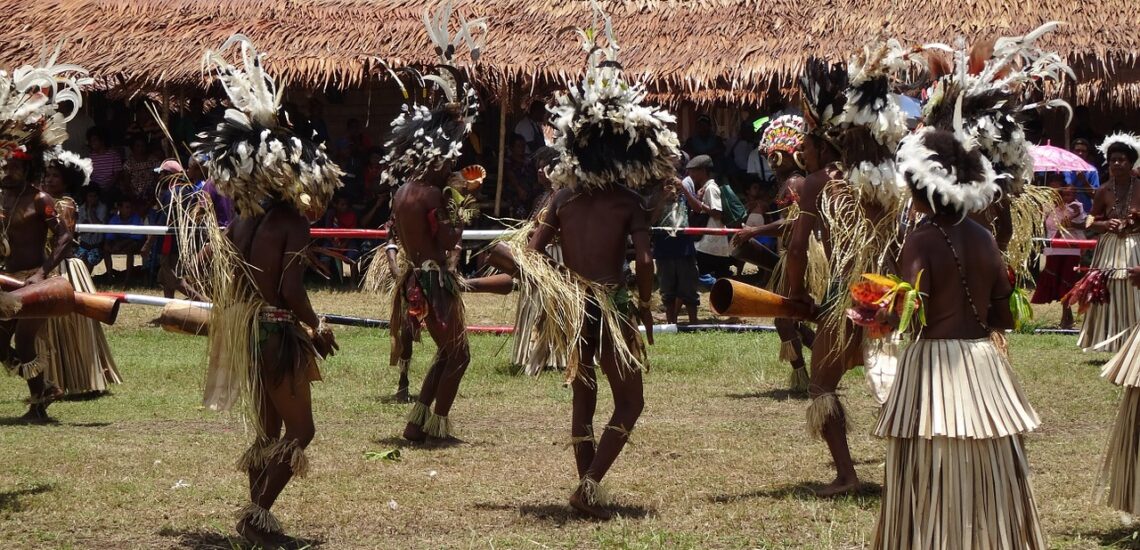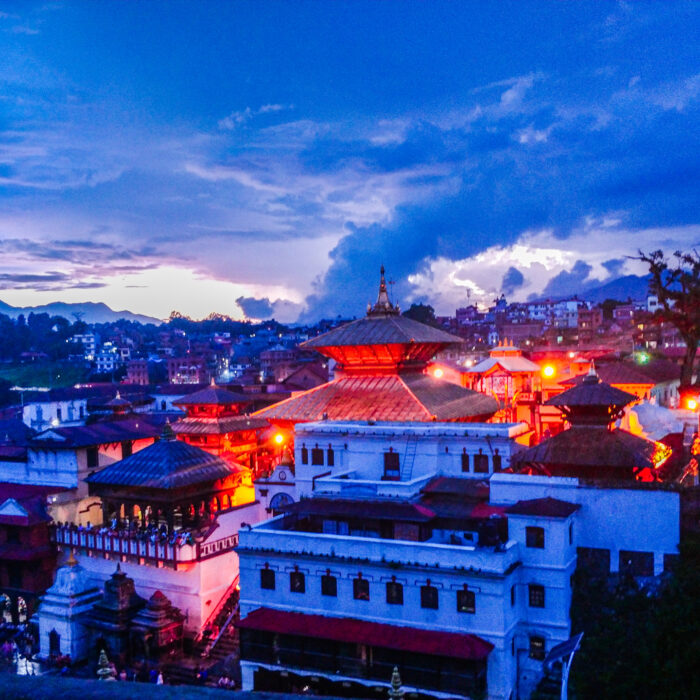Quick facts about Papua New Guinea:
- Population: Approximately 9 million people.
- Capital: Port Moresby.
- Official Languages: English, Hiri Motu, Tok Pisin.
- Currency: Papua New Guinean Kina.
- Government: Parliamentary representative democratic multi-party system.
- Major Religion: Christianity.
- Geography: Located in Oceania, comprising the eastern half of New Guinea, along with numerous smaller islands.
Fact 1: Papua New Guinea has about 850 languages and peoples
Papua New Guinea, situated in the southwestern Pacific Ocean, is renowned for its remarkable linguistic and cultural diversity, with an estimated 850 languages spoken among its various ethnic groups. This diversity reflects the country’s rich tapestry of indigenous peoples, each with its own unique traditions, customs, and languages. Despite its relatively small population, Papua New Guinea boasts one of the highest language densities in the world, showcasing the vast array of cultures and identities found within its borders.
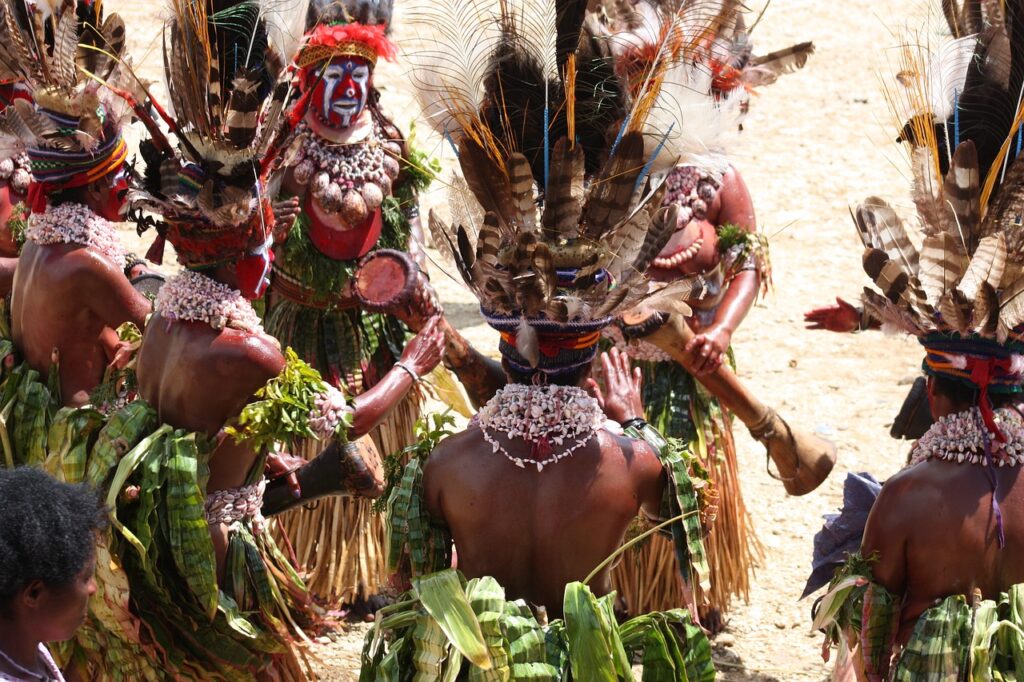
Fact 2: Papua New Guinea has many unique animals
Papua New Guinea is celebrated for its extraordinary biodiversity, which includes a plethora of unique and endemic animal species. Its diverse ecosystems, ranging from dense rainforests to coral reefs, provide habitats for a wide array of creatures, including exotic birds, marsupials, amphibians, and marine life. Here are a few remarkable animal species found in Papua New Guinea:
- Birds-of-paradise (Family: Paradisaeidae) – Known for their vibrant plumage and elaborate courtship displays, birds-of-paradise are iconic symbols of Papua New Guinea’s avian diversity.
- Tree kangaroos (Genus: Dendrolagus) – These unique marsupials are adapted for life in the trees, with muscular forelimbs and a long, bushy tail. They are found in the rainforests of Papua New Guinea and nearby regions.
- Cassowaries (Genus: Casuarius) – Large flightless birds with distinctive casques on their heads, cassowaries are important seed dispersers in Papua New Guinea’s rainforests.
- Birdswing butterflies (Genus: Ornithoptera) – Papua New Guinea is home to some of the largest and most colorful butterflies in the world, including species like the Queen Alexandra’s birdwing.
- Tenkile (Dendrolagus scottae) – Also known as Scott’s tree kangaroo, the tenkile is an endangered species found only in the remote forests of Papua New Guinea’s Torricelli Mountains.
Fact 3: Papua New Guinea has an equatorial climate, but it can snow in the high mountains
Papua New Guinea generally has an equatorial climate characterized by warm temperatures, high humidity, and abundant rainfall throughout the year. However, due to its varied topography, including high mountain ranges such as the Central Range and the Owen Stanley Range, Papua New Guinea experiences different climatic conditions in its highland regions.
In the higher elevations of these mountain ranges, particularly above 3,000 meters (9,800 feet), temperatures can occasionally drop low enough for snowfall to occur, especially during colder periods or in the early morning hours. While snow is not a common occurrence in Papua New Guinea, it has been reported in the highest peaks of the country, such as Mount Wilhelm, which stands at over 4,500 meters (14,800 feet) above sea level.
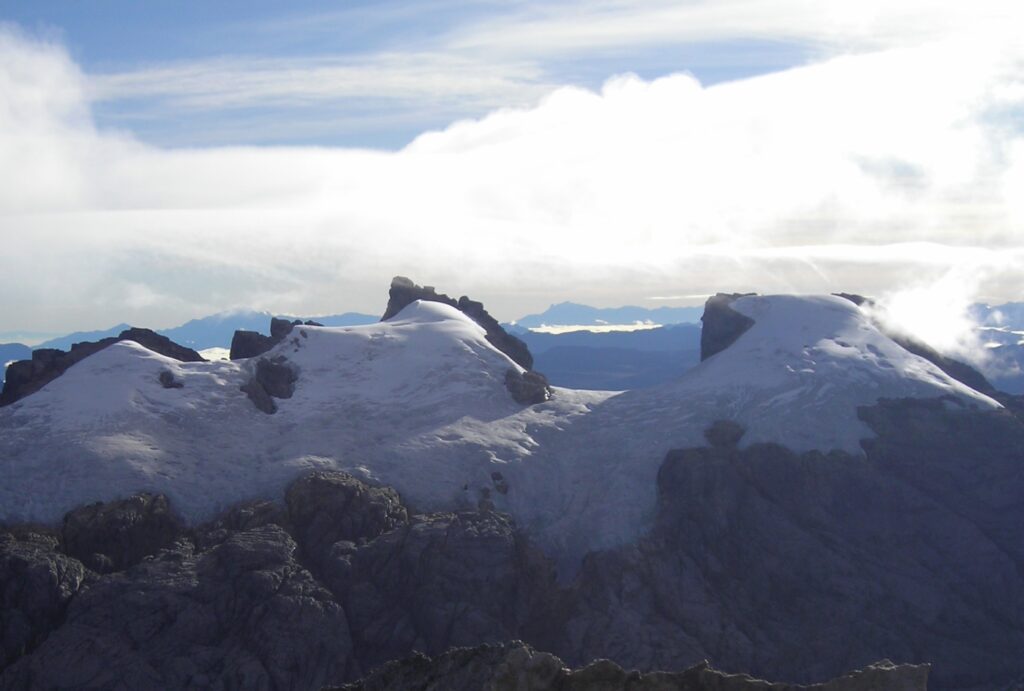
Fact 4: Most women in Papua New Guinea have experienced violence
Papua New Guinea has a high prevalence of gender-based violence, with a significant portion of women experiencing physical, sexual, or psychological abuse at some point in their lives. Factors contributing to this issue include deeply rooted cultural norms, gender inequality, limited access to education and economic opportunities for women, and a lack of effective legal and support mechanisms.
Various studies and reports have highlighted the extent of gender-based violence in Papua New Guinea. The country’s National Family and Sexual Violence Action Committee reported that up to two-thirds of women in Papua New Guinea experience domestic violence in their lifetime. Additionally, a survey conducted by the Papua New Guinea Institute of Medical Research found that 80% of men surveyed admitted to perpetrating violence against their partners.
Fact 5: Papua New Guinea is on the second island in the world
Papua New Guinea comprises the eastern half of the island of New Guinea, as well as numerous smaller islands in the region. While the exact number of islands within Papua New Guinea’s territory may vary depending on classification criteria, the country is composed of approximately 600 islands, including larger islands like New Britain, New Ireland, and Bougainville, as well as numerous smaller atolls and islets scattered across the Pacific Ocean.

Fact 6: There are many wild tribes in the country
Papua New Guinea is known for its cultural diversity and is home to numerous indigenous tribes, each with its own distinct language, customs, and traditions. Many of these tribes live in remote areas of the country, often in traditional villages located deep within the rainforests or highlands.
Some of the well-known indigenous tribes in Papua New Guinea include the Huli tribe of the Southern Highlands, known for their elaborate wigs and intricate face paint; the Asaro Mudmen of the Eastern Highlands, famous for their clay masks and mud-covered bodies; and the Sepik River tribes, renowned for their wood carving and intricate ceremonial houses.
Fact 7: Papua New Guinea has initiation rituals through scarring
Scarification is a form of body modification in which scars are deliberately created on the skin using various techniques, such as cutting, branding, or abrasion.
In many indigenous communities in Papua New Guinea, initiation rituals mark the transition from adolescence to adulthood and are considered essential rites of passage. These rituals often involve a series of tests, ceremonies, and teachings designed to impart cultural knowledge, social responsibilities, and spiritual insights to young individuals.

Fact 8: There are few good roads here, but plenty of airfields
Papua New Guinea faces challenges in developing and maintaining road infrastructure due to its rugged terrain, dense rainforests, and remote communities. As a result, road networks in many parts of the country are limited, with only a few well-maintained roads connecting major population centers and economic hubs.
However, Papua New Guinea does have a significant number of airfields and airstrips, particularly in remote and inaccessible areas where road transportation is impractical. These airfields play a crucial role in providing essential services, such as medical evacuations, transporting goods and supplies, and connecting isolated communities to the rest of the country.
Note: If you plan to visit the country, check if you need an International Driver’s License in Papua New Guinea to drive.
Fact 9: Papua New Guinea has over 20,000 plant species
Papua New Guinea is renowned for its exceptional biodiversity, including a vast array of plant species. While the exact number of plant species in the country may vary depending on classification methods and ongoing scientific research, Papua New Guinea is estimated to be home to approximately 20,000 to 25,000 plant species. These plant species encompass a wide range of habitats, from lowland rainforests to mountainous regions, and include many endemic species found nowhere else on Earth.
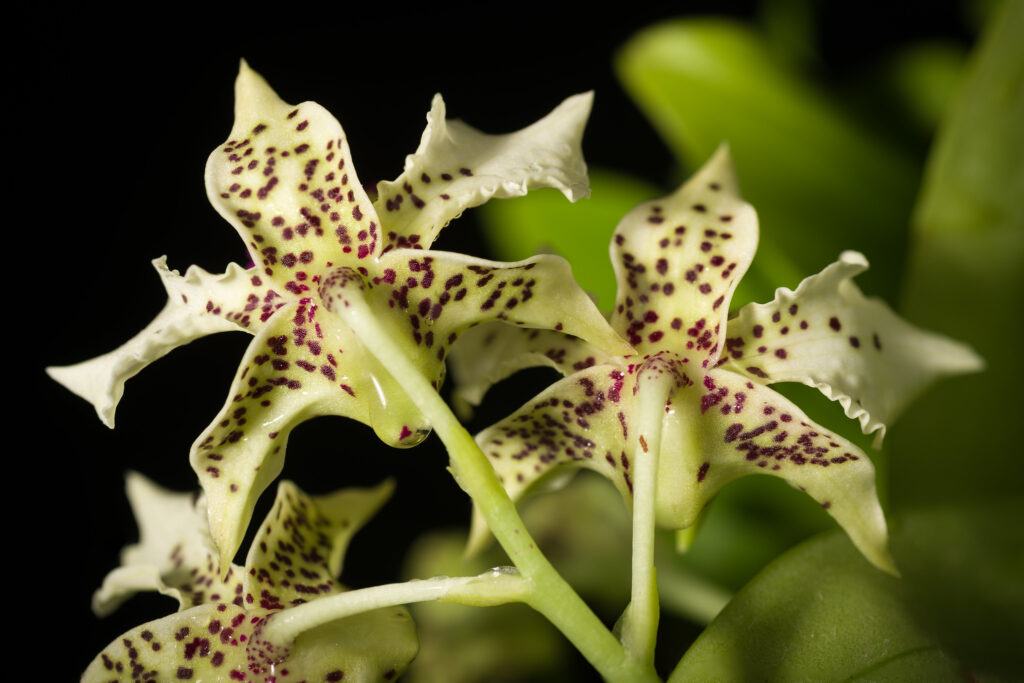
Fact 10: Nominally in the country, the head of the country is the British monarch
Papua New Guinea is a constitutional monarchy with the British monarch as its head of state. As a member of the Commonwealth realm, Papua New Guinea recognizes the British monarch as the sovereign ruler, represented by a Governor-General appointed by the monarch.
Although Papua New Guinea gained independence from Australia in 1975, it chose to retain the British monarch as its head of state through a constitutional monarchy system. The Governor-General, acting on behalf of the monarch, performs ceremonial duties and exercises certain powers outlined in the country’s constitution, while executive authority is vested in the Prime Minister and the Parliament of Papua New Guinea.

Published March 30, 2024 • 7m to read

